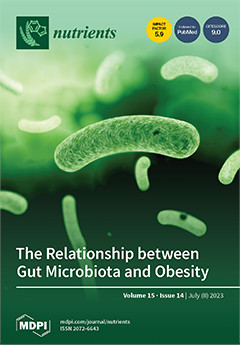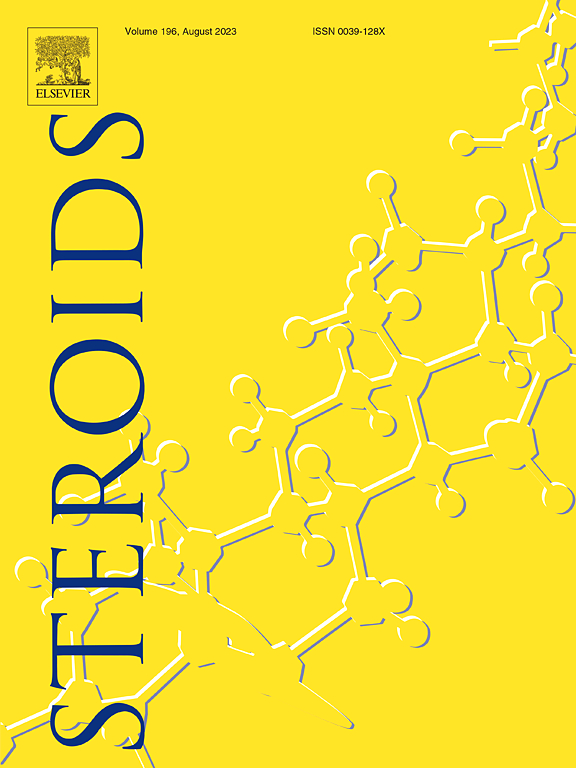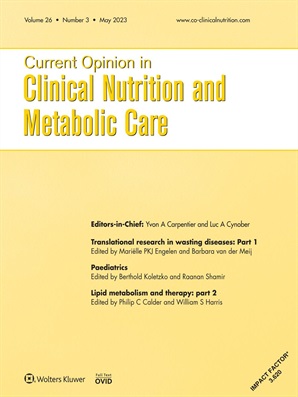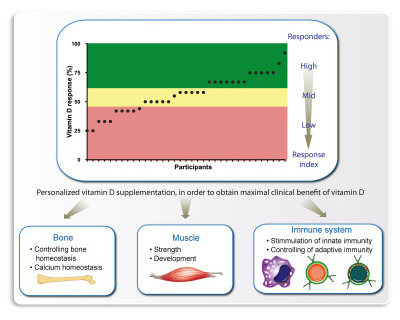Home » Publications » Page 5

Emilia Gospodarska, Ranjini Ghosh Dastidar, Carsten Carlberg
Intervention Approaches in Studying the Response to Vitamin D3 Supplementation
Nutrients 2023, 15(15), 3382;
Vitamin D intervention studies are designed to evaluate the impact of the micronutrient vitamin D3 on health and disease. The appropriate design of studies is essential for their quality, successful execution, and interpretation. Randomized controlled trials (RCTs) are considered the “gold standard” for intervention studies. However, the most recent large-scale (up to 25,000 participants), long-term RCTs involving vitamin D3 did not provide any statistically significant primary results. This may be because they are designed similarly to RCTs of a therapeutic drug but not of a nutritional compound and that only a limited set of parameters per individual were determined. We propose an alternative concept using the segregation of study participants into different groups of responsiveness to vitamin D3 supplementation and in parallel measuring a larger set of genome-wide parameters over multiple time points. This is in accordance with recently developed mechanistic modeling approaches that do not require a large number of study participants, as in the case of statistical modeling of the results of a RCT. Our experience is based on the vitamin D intervention trials VitDmet, VitDbol, and VitDHiD, which allowed us to distinguish the study participants into high, mid, and low vitamin D responders. In particular, investigating the vulnerable group of low vitamin D responders will provide future studies with more conclusive results both on the clinical and molecular benefits of vitamin D3 supplementation. In conclusion, our approach suggests a paradigm shift towards detailed investigations of transcriptome and epigenome-wide parameters of a limited set of individuals, who, due to a longitudinal design, can act as their own controls.
View full text

Carsten Carlberg
Genomic signaling of vitamin D
Steroids, Volume 196, August 2023
It took several hundred million years of evolution, in order to develop the endocrine vitamin D signaling system, which is formed by a nuclear receptor, the transcription factor VDR (vitamin D receptor), its ligand, the vitamin D3 metabolite 1α,25-dihydroxyvitamin D3 (1,25(OH)2D3) and several metabolizing enzymes and transport proteins. Even within the nuclear receptor superfamily the affinity of VDR for 1,25(OH)2D3 is outstandingly high (KD = 0.1 nM). The activation of VDR by 1,25(OH)2D3 is the core mechanism of genomic signaling of vitamin D3, which results in the modulation of the epigenome at thousands of promoter and enhancer regions as well as finally in the activation or repression of hundreds of target gene transcription. In addition, rapid non-genomic actions of vitamin D are described, which are mechanistically far less understood. The main function of vitamin D is to keep the human body in homeostasis. This implies the control of calcium levels, which is essential for bone mineralization, as well as for pushing of innate immunity to react sufficiently strong to microbe infection and preventing overreactions of adaptive immunity, i.e., not to cause autoimmune diseases. This review will discuss whether genomic signaling is sufficient for explaining all physiological functions of vitamin D3.
https://doi.org/10.1016/j.steroids.2023.109271
View full text

Carsten Carlberg, Eunike Velleuer
Nutrition and epigenetic programming
Current Opinion in Clinical Nutrition and Metabolic Care, 26(3), May 2023
Chromatin is the physical expression of the epigenome and has a memory function on the level of DNA methylation, histone modification and 3-dimensional (3D) organization. This epigenetic memory does not only affect transient gene expression but also represents long-lasting decisions on cellular fate. The memory is based on an epigenetic programming process, which is directed by extracellular and intracellular signals that are sensed by transcription factors and chromatin modifiers. Many dietary molecules and their intermediary metabolites serve as such signals, that is they contribute to epigenetic programming and memory. In this context, we will discuss about molecules of intermediary energy metabolism affecting chromatin modifier actions, nutrition-triggered epigenetic memory in pre- and postnatal phases of life; and epigenetic programming of immune cells by vitamin D. These mechanisms explain some of the susceptibility for complex diseases, such as the metabolic syndrome, cancer and immune disorders.
View full text

Carsten Carlberg, Marianna Raczyk, Natalia Zawrotna
Vitamin D: A master example of nutrigenomics
Redox Biology, Volume 62, 2023
Nutrigenomics attempts to characterize and integrate the relation between dietary molecules and gene expression on a genome-wide level. One of the biologically active nutritional compounds is vitamin D3, which activates via its metabolite 1α,25-dihydroxyvitamin D3 (1,25(OH)2D3) the nuclear receptor VDR (vitamin D receptor). Vitamin D3 can be synthesized endogenously in our skin, but since we spend long times indoors and often live at higher latitudes where for many winter months UV-B radiation is too low, it became a true vitamin. The ligand-inducible transcription factor VDR is expressed in the majority of human tissues and cell types, where it modulates the epigenome at thousands of genomic sites. In a tissue-specific fashion this results in the up- and downregulation of primary vitamin D target genes, some of which are involved in attenuating oxidative stress. Vitamin D affects a wide range of physiological functions including the control of metabolism, bone formation and immunity. In this review, we will discuss how the epigenome- and transcriptome-wide effects of 1,25(OH)2D3 and its receptor VDR serve as a master example in nutrigenomics. In this context, we will outline the basis of a mechanistic understanding for personalized nutrition with vitamin D3.
https://doi.org/10.1016/j.redox.2023.102695
View full text







